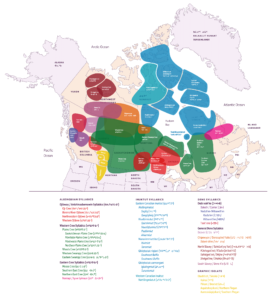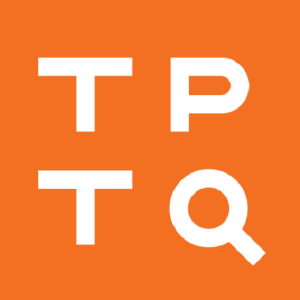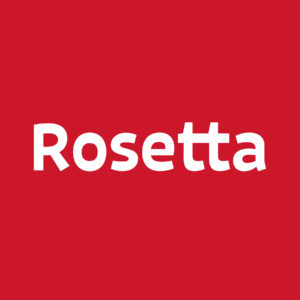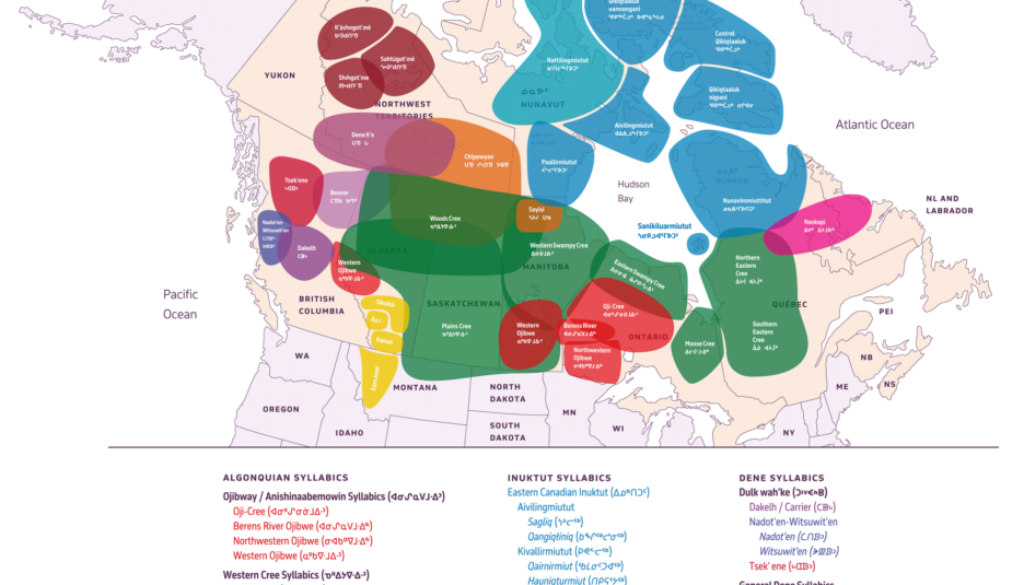New Syllabics Fonts for First Nations Languages

Here at the Endangered Alphabets Project we are always glad to hear news of new font developments in indigenous/minority scripts, and the latest such news concerns a collaboration between Typotheque and indigenous communities in Canada.
The Syllabics Project (see the mini-documentary here) involves launching a series of Unified Canadian Syllabics fonts that support Indigenous language revitalization and preservation efforts in North America, changing the standards of future Syllabics fonts.
“After rigorous research and collaboration with Nattilik and Carrier communities in Canada, Typotheque has successfully submitted two proposals to Unicode, the international encoding standard for different languages and scripts. The first proposal was to add missing code points to Unicode, with the second being corrections to the representative glyphs for the Carrier Syllabics in Unified Canadian Aboriginal Syllabics code charts.”
Kevin King of Typotheque also gave an update on the use of Carrier Syllabics in the Carrier community.

“There are very few people in the Carrier community that use the Syllabics on a daily basis at this time, with only Francois Prince, Dennis Cumberland, and a few others using them regularly in their day-to-day life, however, Francois and Dennis are actively teaching the Syllabics in the community, and they are starting to experience a resurgence. The technical barriers at the Unicode level were preventing community members from using them on a daily basis though, and now that this is resolved, it should help their use grow, but it will take some time.
“Both Francois and Dennis teach the Carrier (Dakelh) Syllabics in a variety of environments. There are workshops that are organized by local bands in a very formal setting, where both Francois and Dennis teach Syllabics, as well as work in the local schools within the Carrier Nation. Francois is hired by all of the band governments within the Carrier Nation to teach Syllabics, and is considered the primary authority. I think that the pandemic really slowed this down over the past two years though, and that things have moved online, but it was more common for them to teach in person. I know that they teach quite a bit as well at the local high school in Fort Saint James (Nak’azdli band). Dennis also teaches in these settings, and he is particularly an expert on the history of the Carrier Syllabics. Both of them also do language work in the Northwest Territories with the other Dene communities there (Chipewyan, Dene K’e), as their languages are very similar, and there is a fair amount of mutual intelligibility between the two languages.”
I would love to hear from anyone who can provide more information on the current state of the syllabics within the carrier community.
This post is sponsored by our friends at Typotheque, Rosetta, and Solidarity of Unbridled Labour.




